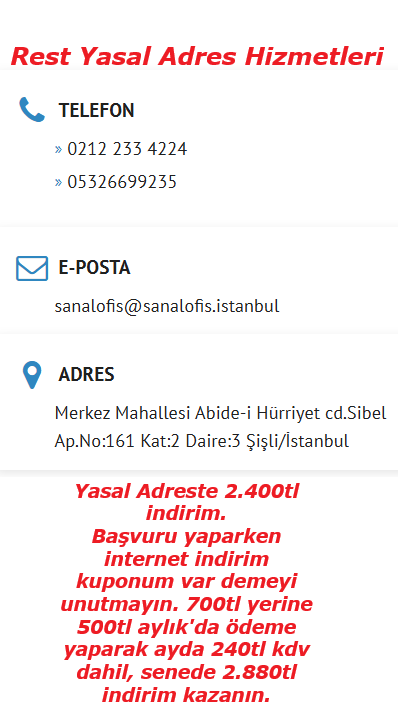Water polo is a dynamic and physically demanding sport played in a swimming pool. It combines elements of swimming, soccer, basketball, and wrestling. The rules of water polo ensure fair play and safety for all participants. Here's an overview of the basic rules of water polo:
1. Teams: Each team consists of seven players, including one goalkeeper and six field players. Teams may also have substitute players.
2. Objective: The objective of the game is to score goals by throwing the ball into the opponent's goal while preventing the opposing team from scoring.
3. Game Duration: A standard game consists of four quarters, each typically lasting eight minutes (though this can vary depending on the level of play). There is a two-minute break between the first and second quarters, and the third and fourth quarters, with a five-minute halftime break.
4. Starting Play: The game begins with a swim-off at the center of the pool, where one player from each team races to reach the ball first. The team winning the swim-off gains possession of the ball.
5. Ball Possession: Players can move the ball by swimming, passing, or dribbling (pushing the ball underwater while swimming). However, they cannot use two hands to hold or advance the ball.
6. Fouls: Players may not hold, push, kick, or otherwise impede an opponent, except when contesting for the ball. Common fouls include holding, sinking (pushing an opponent underwater), and interfering with a free throw. A player committing a foul may be ejected from the game for a certain period or for the remainder of the game, depending on the severity of the foul.
7. Exclusion Fouls: A player may be excluded from the game (similar to a power play in ice hockey) for committing certain fouls. During an exclusion, the penalized player must leave the pool for a specified time, leaving their team with one fewer player.
8. Penalty Throws: A penalty throw is awarded to the offensive team if a defender commits a major foul inside the five-meter line or if the goalkeeper fouls an opponent with a clear goal-scoring opportunity. The penalty throw is taken from a designated spot (usually directly in front of the goal) and is defended by only the goalkeeper.
9. Goalkeeping: The goalkeeper is the only player allowed to touch the ball with both hands while in the goal area. The goalkeeper's primary role is to defend the goal by blocking shots and intercepting passes.
10. Scoring: A goal is scored when the entire ball crosses the goal line between the goalposts and beneath the crossbar. Each goal counts as one point.
These are the fundamental rules of water polo, but the sport has many intricacies and variations depending on the level of competition and the governing body's regulations. It's essential for players, coaches, and officials to have a thorough understanding of the rules to ensure fair play and a safe sporting environment.



